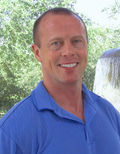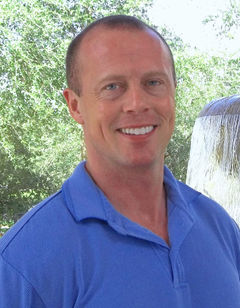Measuring key performance indicators to improve them over time is a practice that health and exercise professionals could be utilizing with their clients to help them achieve their individual goals. While it is not uncommon for personal trainers to focus primarily on the resistance-training portion of their clients’ workouts, cardiorespiratory training is often left to the client to figure out. The good news is that in today’s health and fitness environment, tracking exercise performance has never been easier. Between the combination of wearable technology, equipment integration and the ability of some equipment to monitor unique biofeedback parameters, there are countless opportunities to integrate this data into clients’ exercise programs to drive results.
Health and exercise professionals now have the opportunity to create unique and engaging workouts by using the data that is now prevalent within certain class settings or specific lines of cardiorespiratory equipment. In addition, the use of data points such as watts, heart rate, miles per hour (MPH) and revolutions per minute (RPM), or biofeedback such as ground-contact time, propulsion time and stride length make it possible to systematically create workouts that are both effective and engaging for participants.
Pertinent data can be stored via various devices or in the cloud, making it possible to track a client’s progression over time. Before these major advancements in fitness technology, time spent exercising, distance covered and an approximation of calories burned were about the only measurements one could obtain. Now, not only can all of these data be stored for comparison over time, many more parameters can now be evaluated with an increased level of accuracy.
Additionally, explaining that the client’s unique exercise program is based on his or her key parameters (e.g., heart rate, max wattage, distance covered over time or functional threshold power) makes it possible to focus on improving the client’s overall capabilities, as opposed to simply trying to burn a lot of calories or exercise for a specific duration. As the client’s cardiorespiratory fitness improves, his or her overall health also improves, which in turn enhances self-esteem and self-efficacy.
As a health and exercise professional, it is important to take the time to learn and understand the latest trends in the industry so you can offer your clients the best programming possible, as well as to grow as a professional. This includes understanding how to maximize the utility of wearable technology and its ability to sync with certain types of fitness equipment. Having the skills and knowledge to interpret this data and create sound programs will positively impact your career, while maximizing the health benefits of your clients.




 by
by 










 by
by